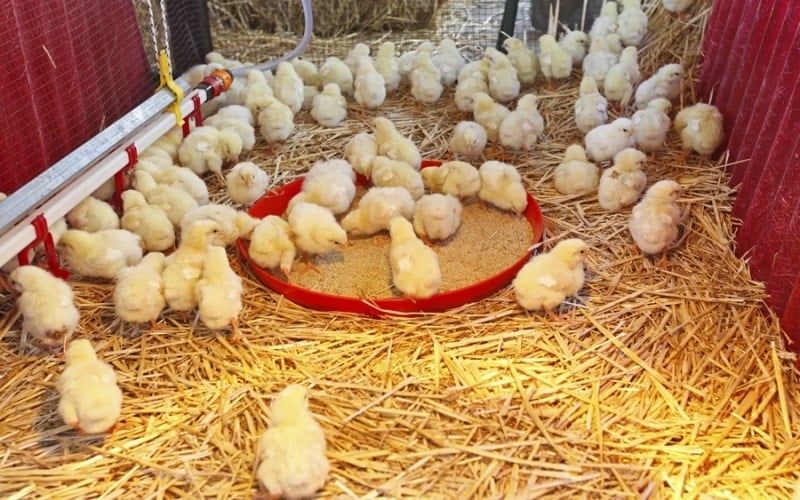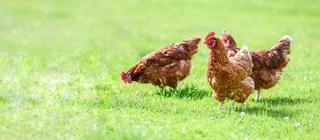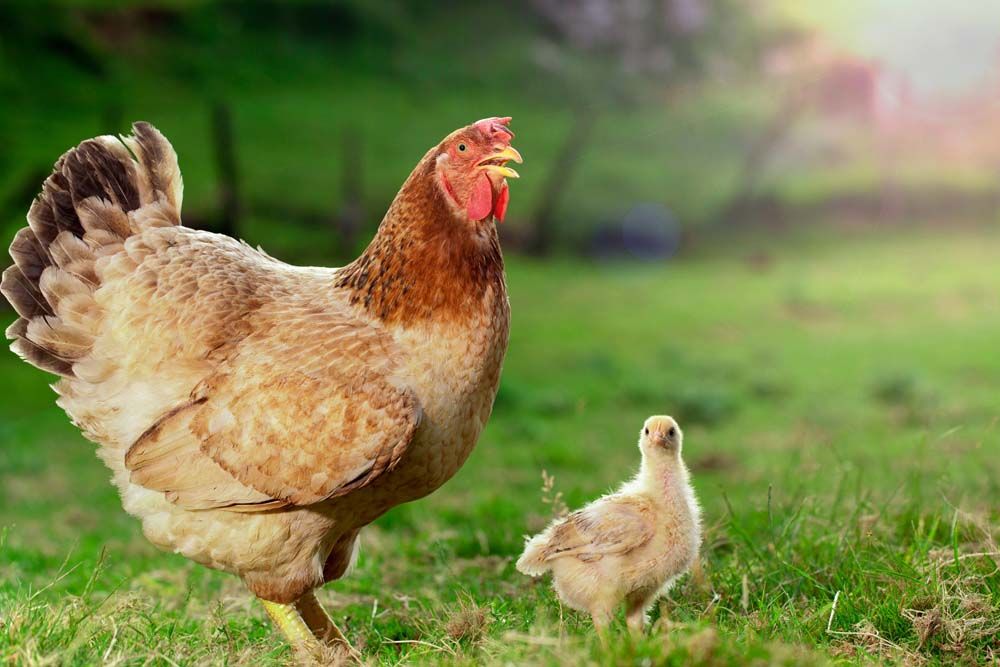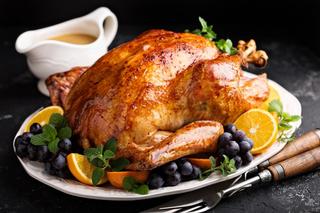All About Chicken Combs


What they do and how to keep them healthy
Many people consider the chicken’s comb ornamental and mostly for show. This may be because combs come in all shapes and colors, from large and red to small and black with many variations in-between.
What people may not know is that the chicken comb is considered an organ. The physiology of the comb is quite unique, and can be seen during incubation in as early as seven days. Development of the comb is influenced by either testosterone or estrogen.
What about windchill?
Windchill is a measurement of the current air temperature in relation to the wind speed. It is important to understand because it gives a better indication than temperature alone when talking about the comfort and safety of your chickens. With an outside air temperature of 20°F and a wind speed of 5 MPH, it will feel like it’s 13°F. If the outside air temperature remains at 20°F, but the windspeed increases to 10 MPH, it will feel like 9°F. Drop the outside temperature another 5°F to 15°F, and keep the windspeed constant at 5 MPH, and it will now feel like 7°F.
How it’s made
The comb is made up of collagen fibers in the form of protein bundles, similar to that of a rubber band, helping to give the comb its elasticity. Several layers comprise the comb: The outer layer is called the epidermis. It is the least vascularized area of the comb. Just under the skin is a network of sinus capillaries, packed tightly together. Below that are the deep capillaries. These capillaries are close to the surface of the skin and are why even a small abrasion to the comb will cause bleeding.
The comb is a highly vascularized organ consisting of a network of arteries, veins, capillary blood vessels, and an intricate network of sinus capillaries and arterioles making up a micro-circulation system, similar to systems in the heart and brain of humans. The main blood supply to the comb is supplied by an artery located at the base of the skull directly under the comb. This artery also supplies blood to the masseter muscle, which controls opening and closing the jaw while also supplying blood flow to the eyelids and tongue.
Throughout the middle section of the comb, arteries and veins crisscross similar to a checkerboard pattern. This allows for rapid heat exchange between the blood vessels. Blood is pumped into the comb and temporarily held there through a network of shunts that open and close as needed. This network of blood vessels helps the bird maintain its body temperature during the heat of summer and the cold of winter.
Hyaluronic acid
Located in the middle portion of the comb is a mucoid substance called hyaluronic acid. This helps lubricate the birds’ joints. Hyaluronic acid is a highly viscous substance capable of retaining large quantities of water. It has medicinal value and is harvested from chicken combs to be used to supplement meniscus cartilage tissue in the knee joints of humans.
In addition to joints, hyaluronic acid is also found in human skin, where it helps keep it moist and elastic. Injectable hyaluronic acid is marketed under several trade names such as Hyalgan and Euflexxa.
Combs and eggs
There is a correlation between the size of a birds comb and egg production. Birds that have large combs tend to have greater bone density and increased egg production. It seems that the larger combs—mainly made up of cartilage-like materials—are a predictor of greater bone density and strength.
During the developmental stages, the birds’ skeleton first forms as cartilage and is later ossified, or turned into bone. Then, calcium is mobilized from the birds heavier bones for egg shell production. This would make sense then that the greater the birds’ bone density, the greater the number of eggs that it will be able to produce. Males and females that have larger combs may be better able to disseminate heat and therefore better able to regulate their body temperature during hot weather because of the combs’ thermoregulatory capabilities.
Ahoy, matey!
The comb also acts as a sex organ. In chickens, bigger is better when it comes to the size of the male and females combs. Males and females alike will seek out the the birds with the largest and brightest combs for mating. Males have even been found to ejaculate more semen into the vagina of the females with the bigger and brighter combs.
Combs and cold
Freezing combs during the winter months is always a concern. Generally speaking, the larger the comb, the greater the risk of the comb freezing. Smaller combs tend not to freeze as much, although they still can given the right conditions.
While there is no surefire method to prevent frozen combs other than supplying heat during bouts of severe cold, there are few things you can do to lessen the risk:
- Keep excess moisture out of the coop, eliminate any drafts, and do not allow cold air to blow directly on the birds
- Administer VetRx on the combs to help stimulate the capillary blood vessels just under the dermis and bring more warm blood closer to the surface of the comb
- Eliminate as much stress as you can, protecting underweight or marginally healthy birds as they are most vulnerable
- Feed birds as late as possible to make sure that all consume a sufficient quantity of feed before going to roost while allowing them to give off the maximum amount of body heat
- Make sure all birds are properly hydrated so they will achieve maximum efficiency digesting their feed
- Provide ample roost space so that all birds can be together for maximum heat utilization
If you must use a heat source, choose one that is economical and safe. Monitor your flock during the cold weather for symptoms of hypothermia and take the appropriate action to relieve these conditions. Some symptoms include: Pale or dark blue- to black-looking comb, dark mouth tissues, rapid breathing, and darkened skin color.
If you find a bird that is experiencing any of these symptoms, warm the bird by wrapping it in a warm towel, then administer warm liquids orally. A bird’s body temperature will rise faster when being given warm fluids orally.
Tags:Healthy Flock

Chicken Whisperer is part of the Catalyst Communications Network publication family.











